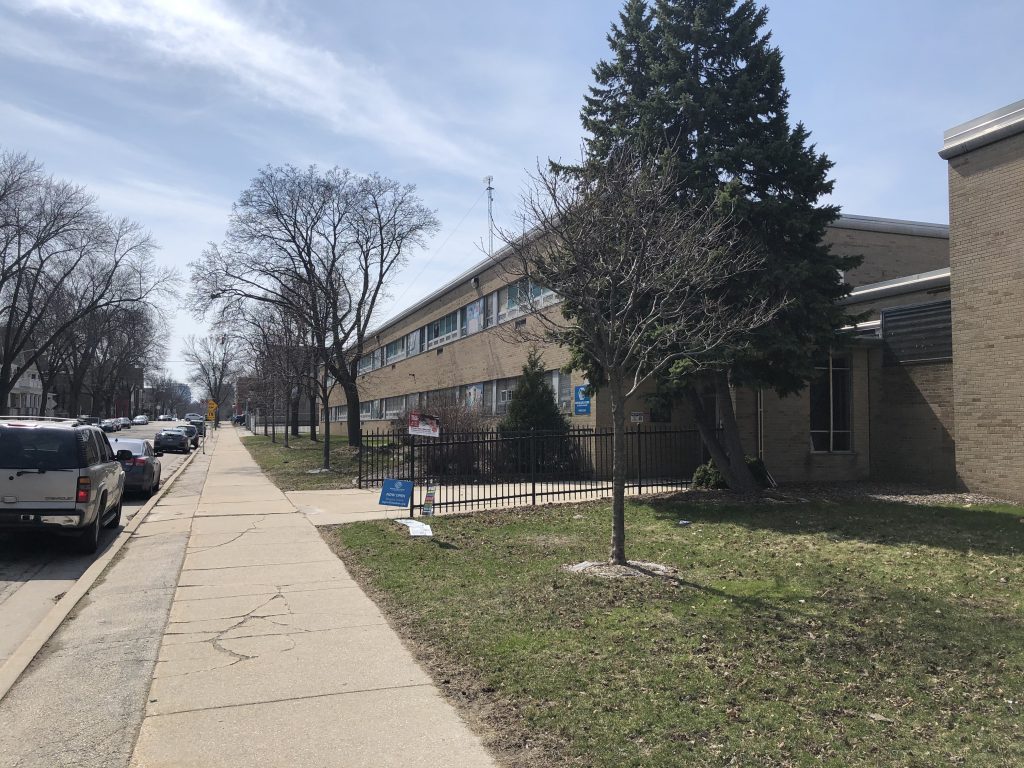How Milwaukee’s School Board Has Changed
More women, more with professional educational experience, and no voucher supporters.
The April 6 Milwaukee school election resulted in the largest turnover of school board members in recent memory. Four incumbents were not on the ballot. But while the faces will change, it is unlikely any substantive policy will.
I know a thing or two about the school board. I retired from the board two years ago after 12 years during which the board did change greatly. I served with all four outgoing board members.
Much was made by the Milwaukee Journal Sentinel of the voters rejecting two “socialists” ignoring that the present board had, only weeks before, voted to support the Biden administration reestablishing ties with communist Cuba. Frankly, there wasn’t a whole lot of room on the left of the present board’s politics.
These same two rejected socialist candidates were supported by the Milwaukee Teachers’ Education Association (MTEA). A common myth is that the MTEA controls the present school board. Even school board member Bob Peterson, who served two terms as MTEA president, spent as much time fighting with the union as he did fighting alongside it. Both Larry Miller and I were union activists who often were aligned with Peterson and were part of the union infighting that took place in the 1990s. One side saw union responsibility as strictly wages, hours and working conditions. Our side believed the union had a responsibility to promote educational reform and social justice.
Once elected as school board members, we might ask the MTEA what they thought, but we never took marching orders from union leadership. My first vote as a board member 14 years ago was to oppose the right of our safety assistants to handcuff students, a right the MTEA supported at the time.
The same is true today. The board decided not to open with in-person instruction this fall, not because the MTEA demanded virtual instruction, but because the board believed the science showed you needed to be more cautious. Now the board is more willing to open up schools again while the union is more hesitant.
Rather than looking at past board elections as a fight between pro- and anti-union forces, you could look at them as one side wanting privatization of schools with a more conservative political agenda, often supported by the business community, principally the Metropolitan Milwaukee Association of Commerce (MMAC); and the other side wanting to maintain public schools in the hands of an elected school board. This side was supported by unions and grass roots social activists.
Before I was elected, five members of the school board signed a letter in support of the voucher program. Today it is doubtful that a single Milwaukee board member would support that position.
When I was elected, I was the only former MPS employee on the board. We had five White males, two Black males and only two females. Today the board has several former employees and a couple with extensive work in the schools with other organizations. The board has six females, one Latino and only two White males.
There are other ways of looking at the school board as well.
In large cities where school board members are appointed by the mayor or governor, school board members tend to be CEOs or officials of businesses or nonprofit organizations. In some cases, the appointment to the school board is seen as a stepping stone to a higher political office.
In Milwaukee, school board members come from the teaching ranks and grass-roots activists. The last board member to jump to a higher elected office is state Rep. Christine Sinicki in 1999 — 22 years ago. The board is not an on-ramp to a higher office.
If you really want to see real micromanaging, look to some small-town school boards. I remember one town whose school board members, rather than the school administrator, interviewed and hired every single teacher. I was also told that board members there would periodically go into classrooms and look at the lesson plans of teachers.
Previous Milwaukee superintendents have had run-ins with boards in making school policy. Current MPS Superintendent Keith Posley has been more accommodating and, ironically, may have been given more latitude with day-to-day operations.
Look to the incoming board to continue to push issues of poverty, racism and social justice near the top of its agenda, drawing a straight line from those issues to student achievement. It will still see treating employees fairly as part of maintaining quality educators. Educators on the board will continue to look at what is being taught, but also how instruction is being delivered.
One thing that has changed: in the recent past the board has struggled with declining funding and a lack of money. Now it faces the opposite challenge: a windfall of nearly $800 million in federal COVID-19 aid and how to properly spend it. It is very difficult to spend so much money properly when the funding comes in so quickly. Here the board may struggle. After all, it has no CEOs, accountants or lawyers. It may need the MPS administration to take a greater leadership role in budgeting. We will see if the public perceives that as a good thing.
If you think stories like this are important, become a member of Urban Milwaukee and help support real, independent journalism. Plus you get some cool added benefits.
Political Contributions Tracker
Displaying political contributions between people mentioned in this story. Learn more.
- February 24, 2019 - Bob Peterson received $100 from Christine Sinicki
- January 14, 2019 - Bob Peterson received $1,000 from Larry Miller
- December 2, 2018 - Bob Peterson received $25 from Christine Sinicki
K-12 Education
-
The Unknown MPS Office
 Jun 26th, 2024 by Terry Falk
Jun 26th, 2024 by Terry Falk
-
Who Is Eduardo Galvan?
 Jun 19th, 2024 by Terry Falk
Jun 19th, 2024 by Terry Falk
-
How Will School Board Hire New Superintendent?
 Jun 10th, 2024 by Terry Falk
Jun 10th, 2024 by Terry Falk






















This board is the very definitiin of institutional racism that we talk about. Trapping poor children of color in our city in failing schools while blocking their opportunity to use vouchers to go to better schools is shocking and appaling. How do these people sleep at night knowing they are ruining childrens futures?